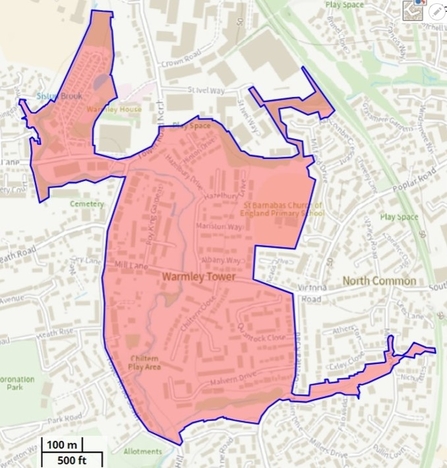Avon Wildlife Trust (AWT) are launching a new project in Warmley, South Gloucestershire, in partnership with South Gloucestershire Council, to support local people to make a difference for wildlife – the Warmley Nature Action Zone!
The nature action zone is where we come together to create a village where both people and wildlife can flourish. AWT are supporting local people to make space for nature in their own way – whether that's planting for pollinators in front gardens, creating an orchard along a whole street, building a hedgehog highway, or encouraging our neighbours to delight in the wild creatures we share our neighbourhoods with.






